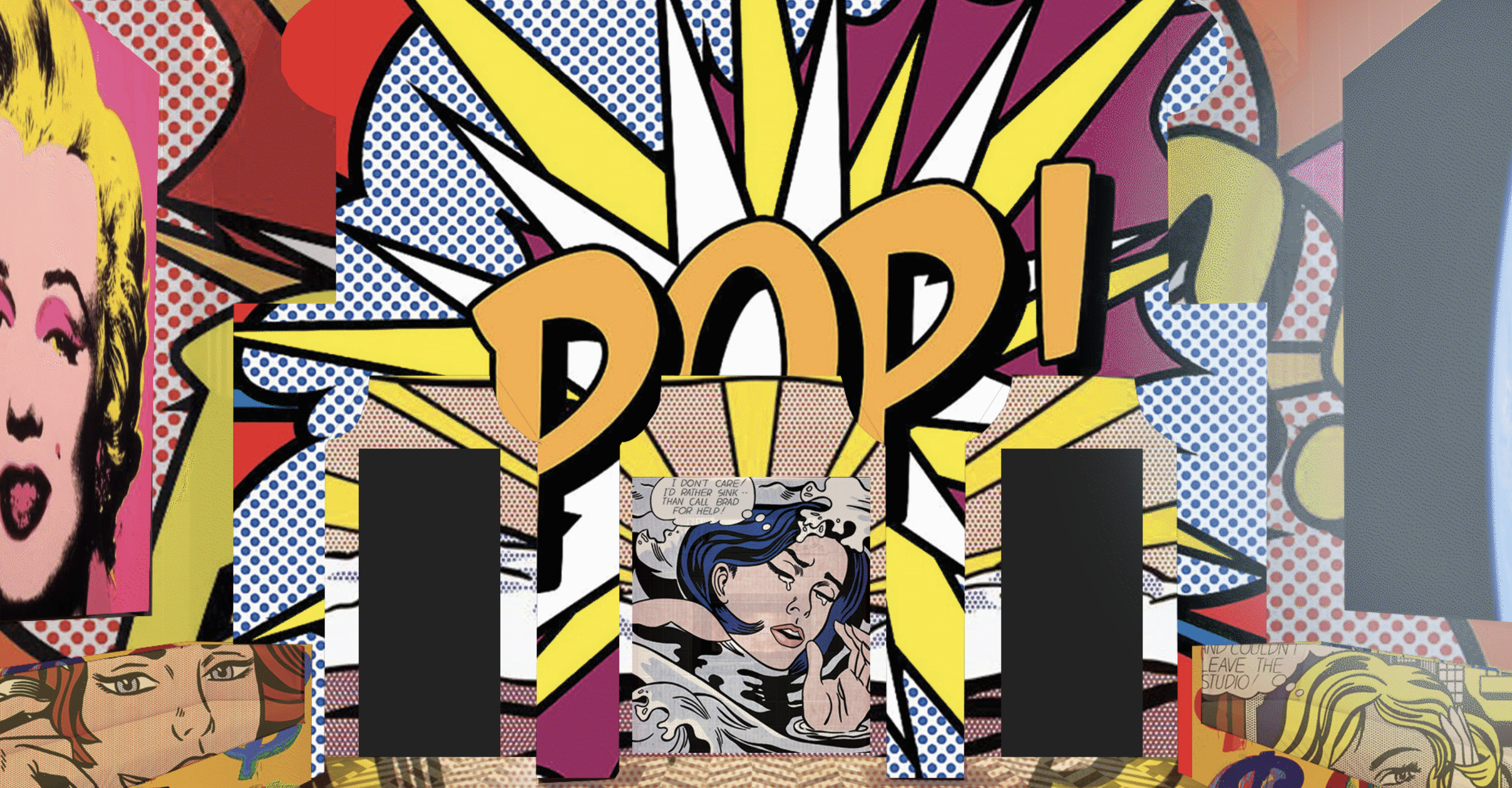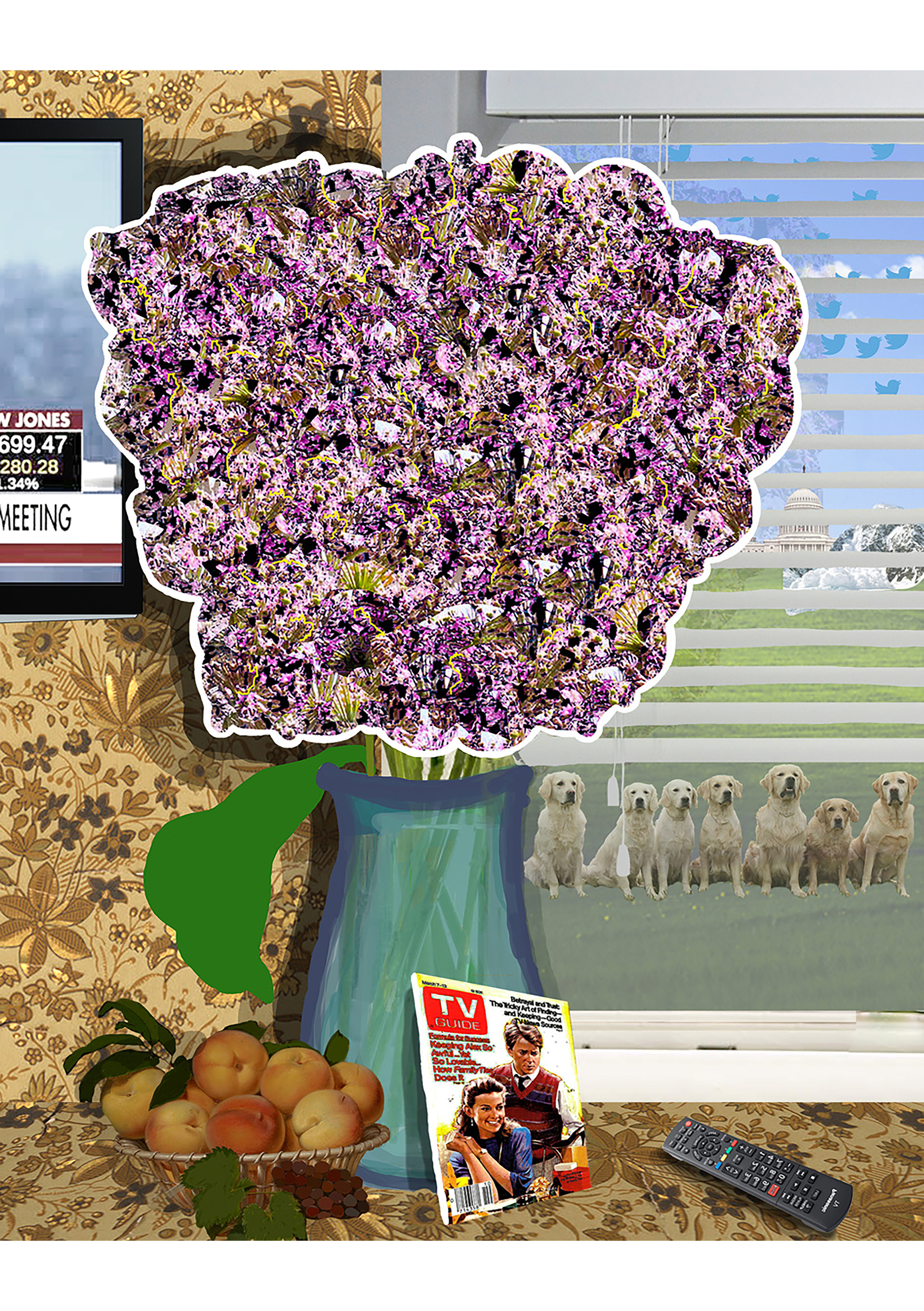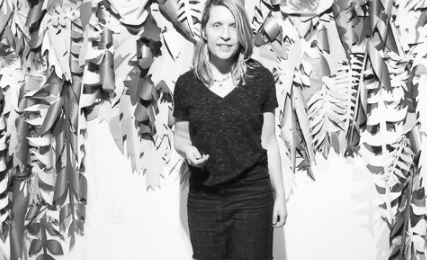Digital America interviewed Ziyi Zhang in April 2023 about her piece Family Photo Album (2022).
:::
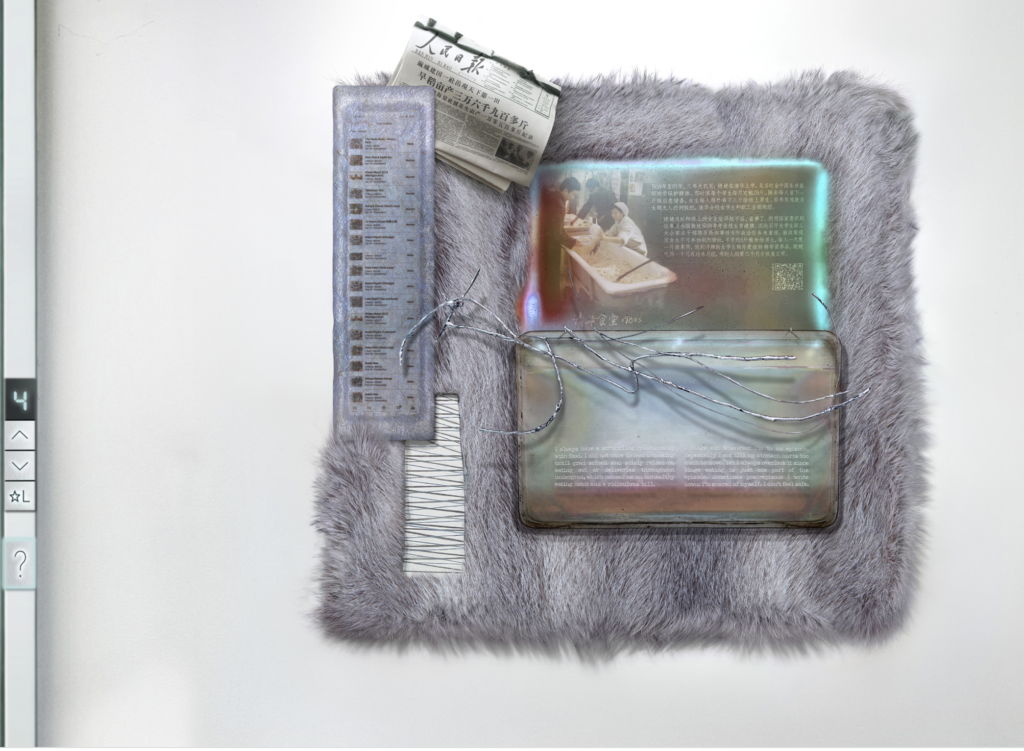
Digital America: In Family Photo Album (FPA) you use an interactive browser-based curation to showcase “bestie” who is a Chinese international student studying art in America. She ends up abandoning art and the art world, and you hint it’s because of her insight into both Chinese and American culture. In what ways do you think the merging of two cultures affects the identity of the artist? Can you talk a bit more about this mystery that unfolds throughout the piece?
Ziyi Zhang: The impact of identity on artistic practice can be significant since most people prioritize survival over their art practice, and different identities have varying criteria for survival. For example, NYC is often referred as the center of contemporary art, so many artists dream of moving there for more opportunities. However, the high cost of living, exorbitant rent, along with other challenges make it hard for outsiders to stay in NYC. NewYorkers never have to think about those struggles. They often have the mindset that: everything is here, everyone comes here, I don’t need to move. The same applies to American students vs. International students. Americans never have to worry about applying for visas or trying to remain in the country. The majority of international students choose STEM majors because it allows them 3 years of OPT, which means 3 chances to obtain a working Visa through a lottery system. In contrast, art majors only get one year of OPT, which means a 13% of being selected in the lottery, and that’s if you can get a job first. But why would a company invest resources on someone with little chance of staying in the country? You see, the stake of pursuing art is a lot higher for international students.
Additionally, Different identities have varying buying power with the same US dollar. Foreigners must spend significantly more money to attend the same university, and they have to spend millions just to remain in the country. Most Americans are unaware of this because they don’t need to, just like New Yorkers don’t need to understand the hardship of outsiders trying to stay in NYC. That being said, international students are often quite privileged in their home country, at least financially, since they must be the “top dog” in order to have a fighting chance in America.
I don’t know if I answered the question, but basically understanding someone’s identity and background is crucial to comprehend their decision-making process.
DigA: After experiencing FPA, I was intrigued by the elevator model. What inspired you to structure bestie’s body of works in this way?
ZZ: The elevator serves as a navigation bar, where FPA is like a book with each floor representing a chapter, consisting of images, texts, and videos on the same topic. The elevator divides the chapters, provides a user manual, and takes you to the next or previous chapter, or the catalog. As the elevator is made of glass, it allows light to enter, and each floor represents a different time of day, from dawn to midday to midnight.
DigA: In FPA you bring to light new challenges that are unique to the new generation of artists because of the new/different resources and technologies being used. How do you think these challenges played a role in bestie viewing the world in black and white?
ZZ: Many young people view the world in “black and white”, especially when they have been high achievers growing up and their parents have high expectations for them. I think bestie is one of those people. Due to the abundance of resources and opportunities bestie had, which her parents wouldn’t dream of growing up, they think that she is equipped with everything to be successful. Therefore, it is only natural if bestie grows to be more successful than them. With the reassurance/ pressure from her parents, bestie was confident and dreamed big since she was little. However, As she grows up and starts to step into the society, she realizes that maybe she’s just an ordinary person in the big world. Perhaps the art world is not what she expected it to be, and just to have a barely sustainable art practice is incredibly difficult. Not only is it almost impossible to exceed her parents by doing art, but she will have to depend on her parents if she wants to pursue art. It’s hard to accept this reality, thus the crisis. I think most people will go through a similar crisis at some point in their life. Part of growing up is to realize and to accept that you are an ordinary person in a big wide world, and make a happy life out of it.
DigA: A dominant theme of FPA explores the relationship between money, class, and art and questions whether art has a place in the absence of these factors, which reveals the hardships bestie went through of trying to have an art career and the financial burden the pursuit of starting that career had on her family. How do you think these challenges played a role in bestie viewing the world in black and white? What advice would you give struggling artists to lead them away from taking the path bestie took and abandoning art?
ZZ: A lot of the hardship bestie went through is basically growing up in America. The work touched on financial dilemmas, mental health issues, eating disorders, addictions, and isolation in a foreign country. As bestie goes through the above complications and learns more about where her family comes from, she will hopefully realize that not everything is black and white, there are many shades of gray. I believe that eventually bestie will mature and view things differently, as will her parents. Due to the generational gap and cultural differences, Bestie and her parents, despite being family, grew up and lived in two different worlds. As stated on the last (top) floor, Bestie made those works for her family, and I made FPA for Bestie. It’s like getting to know each other more through art.
Regarding your last question, I think the world is much bigger than art. I’ve heard that statistically, only 8% of MFA graduates continue to make art eight years after graduation. I don’t think those who quit failed; that’s a very black and white view of the world. Many choose other opportunities over art, and many must be responsible for their families, not just themselves. If you are struggling, it is more than normal, and you did nothing wrong. Do what makes you happy. If that means quitting art or leaving it temporarily, go ahead! If you love art but cannot afford it as a career, you can make it a hobby. There’s no perfect answer to this question; everyone’s case is different.
DigA: What are you working on now? Do you have a public portfolio? If so, how do you decide what pieces you add to your portfolio?
ZZ: I’m working on a very exciting project right now, here’s an introduction:
https://docs.google.com/presentation/d/15fEcRjjggG9Q4frIzPKpLf4Oj0mPiSXKq43Jgh1PfpQ/edit?usp=sharing
Maybe I’ll submit to a future issue with this project ahahah, stay tuned!
You can also follow me on IG @ziyistudio
DigA: Who is bestie?
ZZ: Who do you think bestie is? Do you have a bestie?
:::
Check out Family Photo Album by Ziyi Zhang
:::
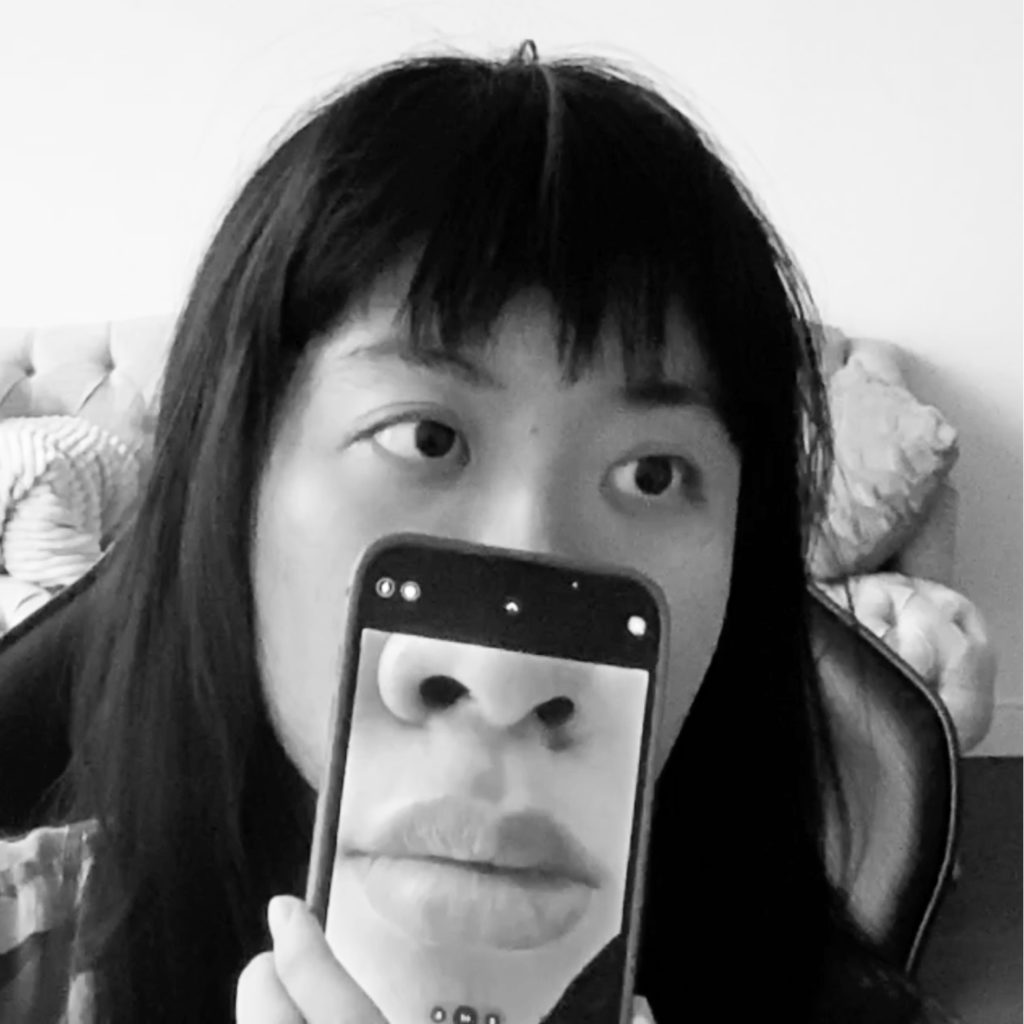
Ziyi Zhang is a new media artist with a background in painting and installation. She is an MFA candidate at SAIC and received her BFA degree from Washington University in St. Louis in 2021.

